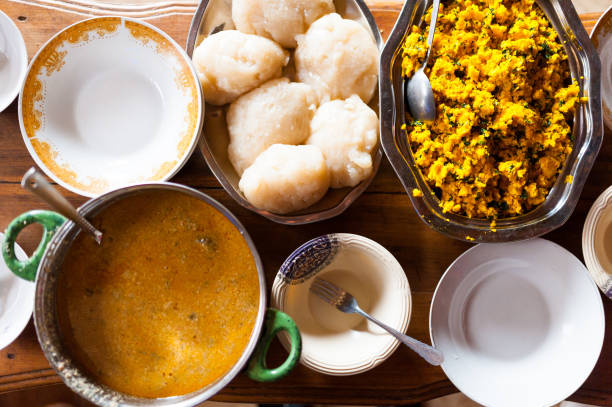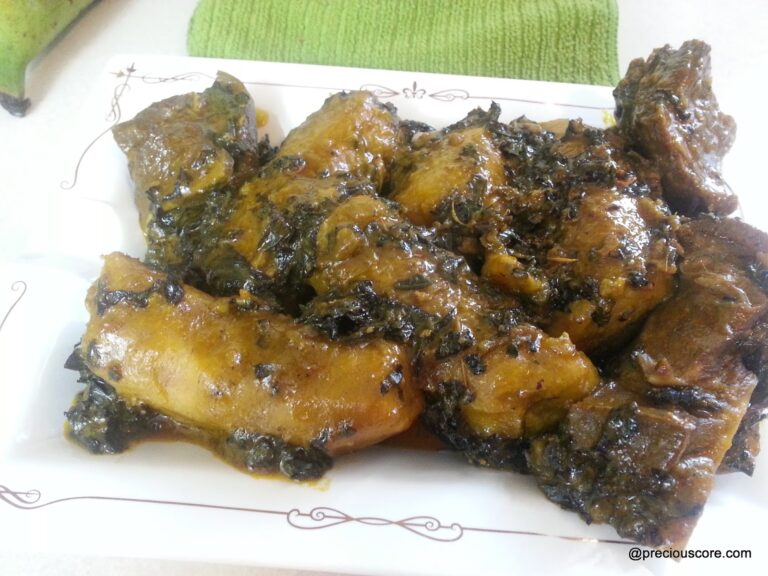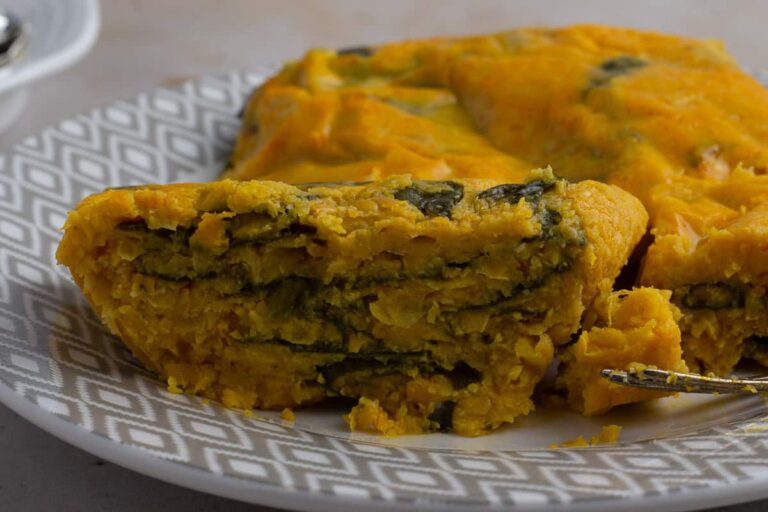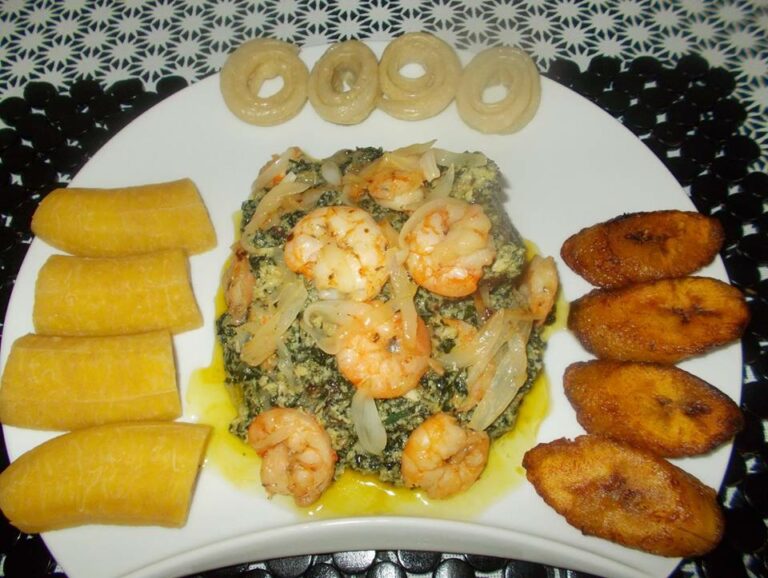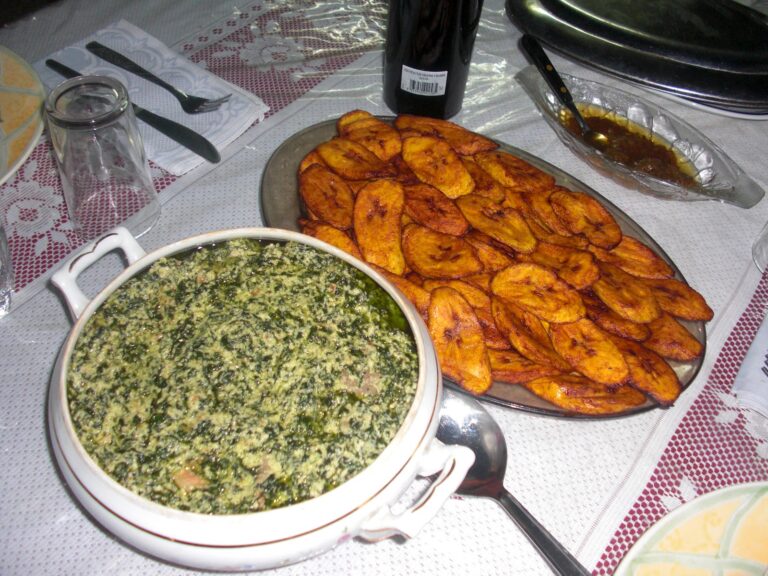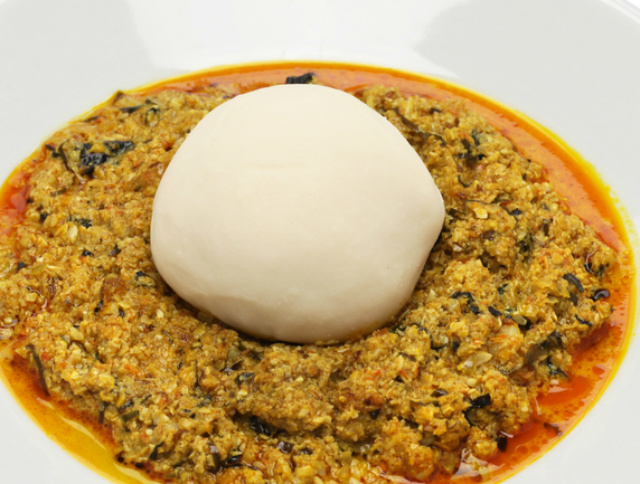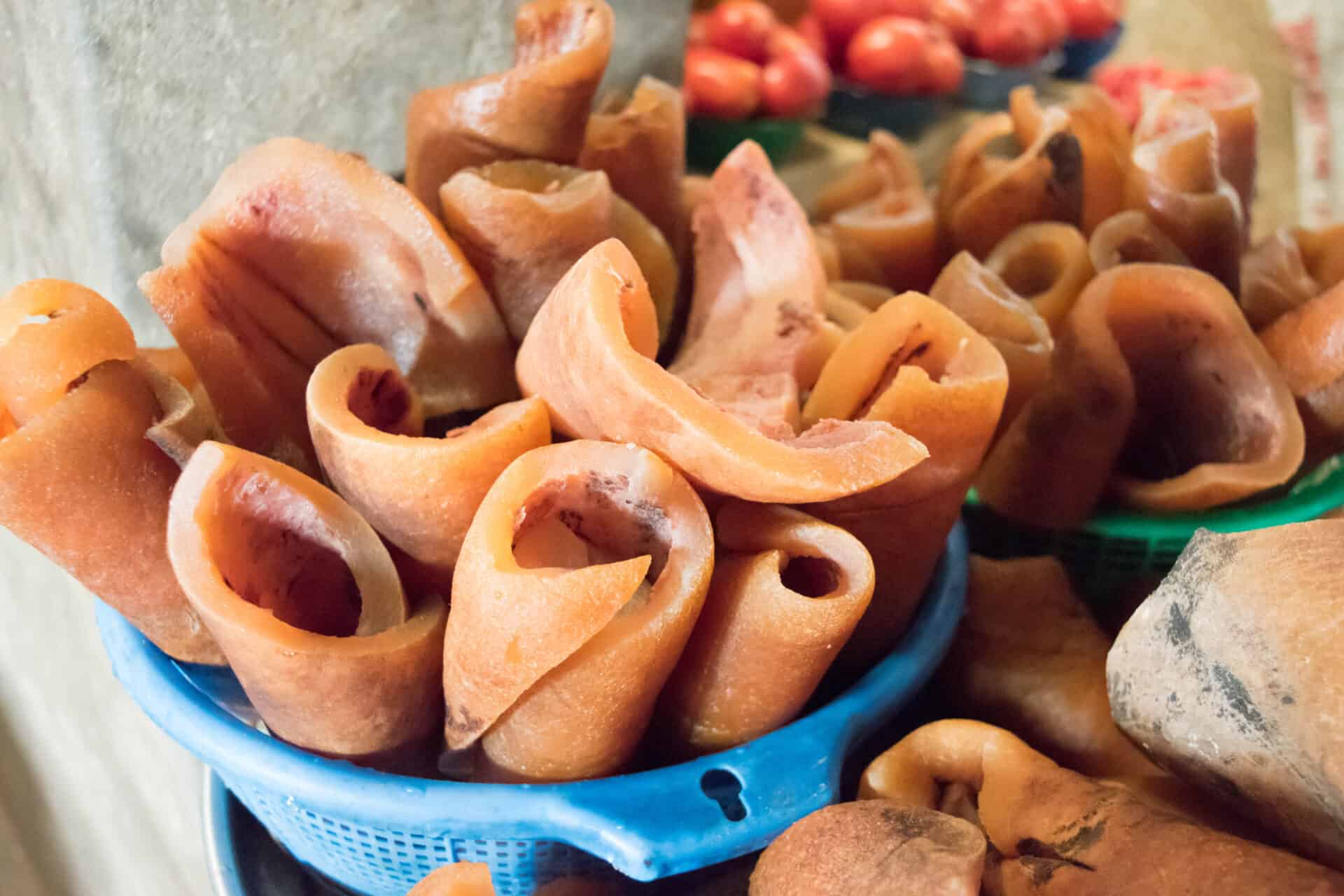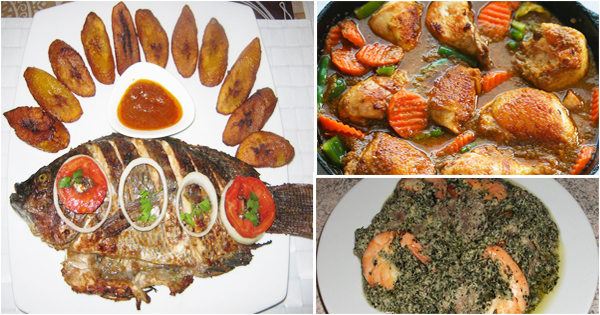Introduction: French Culinary Influence in Cameroon
The rich and diverse cuisine of Cameroon reflects the country’s history of colonization and cultural fusion. Of the various culinary influences on Cameroonian dishes, French cuisine has played a significant role. Since the French occupied Cameroon in the late 19th century until 1960, the country has adopted many French ingredients, techniques, and culinary traditions, which have merged with the local flavors and cooking styles.
Over the years, the French culinary influence has become an integral part of Cameroon’s food culture, resulting in a unique blend of African, European, and indigenous culinary traditions. The French culinary influence in Cameroon has contributed to the country’s gourmet reputation, making it famous for its flavorful, colorful, and aromatic dishes.
Historical Background: Cameroon Under French Colonization
Cameroon gained its independence from France in 1960, but the French colonial legacy left an indelible mark on the country’s food culture. During the colonial era, the French introduced new ingredients, cooking techniques, and culinary traditions to Cameroon, which over time became part of Cameroonian cuisine.
The French influence on Cameroonian cuisine was especially pronounced in the urban areas, where French cuisine was introduced to the local population. Over time, the French culinary influence spread to the rural areas, where indigenous Cameroonians began to incorporate French ingredients and cooking techniques into their local dishes.
French Ingredients in Cameroonian Cuisine
The French culinary influence in Cameroon is evident in the use of certain French ingredients. For example, French cheeses such as Camembert, Brie, and Roquefort are used in many Cameroonian recipes. French wine is also a popular ingredient in Cameroonian cooking, especially in the preparation of meat and sauces.
Other French ingredients commonly used in Cameroonian cuisine include butter, olive oil, garlic, shallots, and herbs such as thyme, parsley, and rosemary. These ingredients are used to flavor various dishes, such as stews, soups, and sauces.
Techniques and Methods Imported from France
Apart from ingredients, the French also introduced cooking techniques and methods to Cameroon. For instance, the French technique of braising is used extensively in Cameroonian cuisine. Braising involves slow-cooking meat or vegetables in a covered pot with a small amount of liquid until tender.
The French technique of sautéing is also used in Cameroonian cuisine. Sautéing involves quickly cooking ingredients in a hot pan with a small amount of oil or butter. French baking techniques, such as the use of puff pastry, have also been adopted in Cameroon.
French-Influenced Dishes in Cameroon
The French culinary influence in Cameroon is evident in many Cameroonian dishes. One of the most popular French-influenced dishes is Ndole, a stew made with bitter leaves, peanuts, and meat or fish. Another French-influenced dish is Poulet a la Moutarde, a chicken dish cooked with mustard and cream.
Other French-influenced dishes in Cameroon include Beef Bourguignon, Coq au Vin, and Ratatouille. These dishes have been adapted to the local taste by incorporating local ingredients and cooking techniques.
Regional Variations in French-Influenced Cameroonian Cuisine
The French culinary influence in Cameroon varies by region. For instance, in the coastal areas, French seafood dishes are popular, such as fish stews and grilled fish. In the northern regions, French-influenced meat dishes are more common, such as beef and lamb stews.
Moreover, in the urban areas, French restaurants have become popular, serving French dishes with a Cameroonian twist. These restaurants offer a fusion of French and Cameroonian cuisines, reflecting the country’s culinary diversity.
Social Significance of French Influence on Cameroonian Food Culture
The French culinary influence in Cameroon has not only impacted Cameroonian cuisine but also has social significance. The adoption of French culinary traditions has become a marker of social status, highlighting the cultural and economic capital of those who have access to French cuisine.
Moreover, the blending of French and Cameroonian cuisines has become a symbol of national identity, reflecting the country’s cultural diversity and openness to foreign influences.
Conclusion: The Lasting Impact of French Cuisine on Cameroonian Cuisine
The French culinary influence in Cameroon has left a lasting impact on Cameroonian cuisine. From ingredients to cooking techniques and methods, the French contribution to Cameroonian cuisine has enriched the country’s food culture.
Moreover, the fusion of French and Cameroonian cuisines has created a unique culinary identity, reflecting the country’s diverse cultural heritage. The lasting impact of French cuisine on Cameroonian cuisine is a testament to the power of culinary traditions in shaping national identities.

